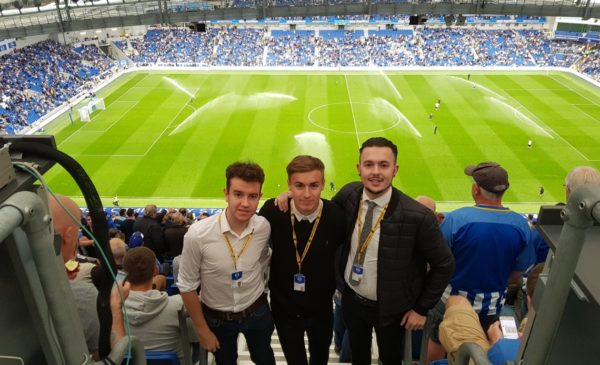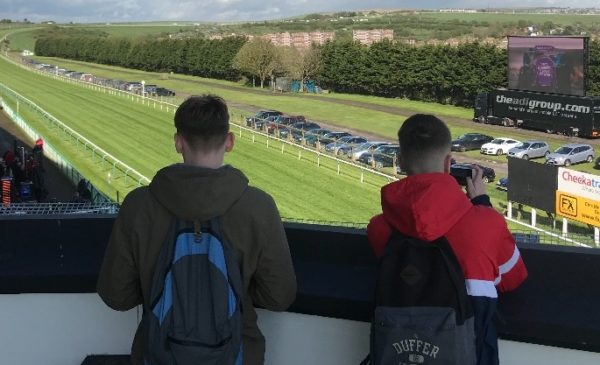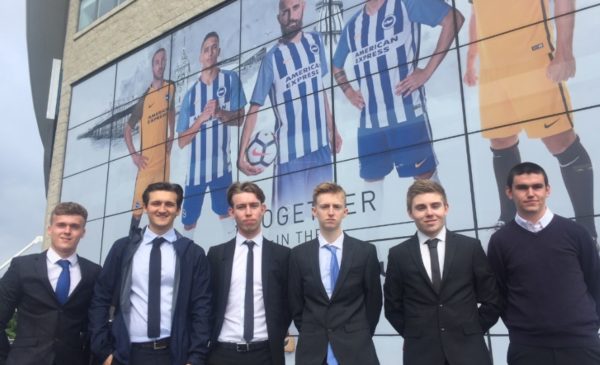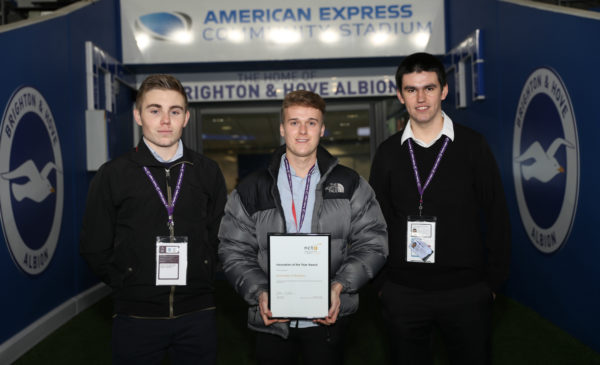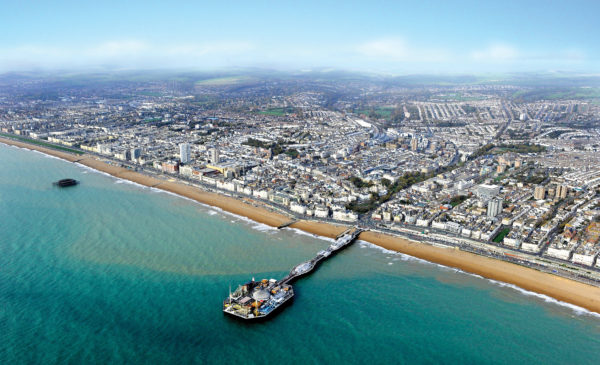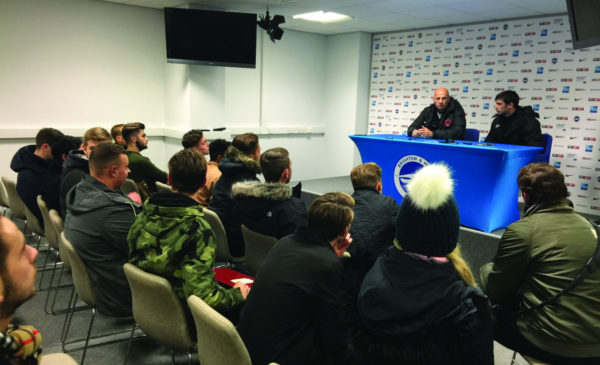According to the most recent documents released by the Department for Education, the number of children being adopted has fallen substantially since 2015 in England as a whole. When looking by county, East Sussex also follows suit. It is hard to find a single reason to blame for the decrease but what is it that is making adoptions lesson common while the number of children in care increases?
The total number of adoptions in England has decreased by almost a third in the past four years, despite nearly an extra 10,000 children being put in care.
When looking more specifically at the South East, in the year ending 31st March 2015, 740 children who ceased to be looked after were adopted. Compared to only 510 in the year ending 31st March 2019. When looking at even closer to home in East Sussex, 43 children who ceased to be looked after were adopted in 2015, with this number again decreasing to 30 in the year ending 31st March 2019. There is some good news however as figures seem to be on an incline in Brighton, with a low of 23 children being adopted in 2017, in the year ending 31st March 2019 this figure had risen to 34.
I spoke to Sacha Hebden, Team Manager at Adoption South East, who told us about the process of becoming an adopter and the stages in which this is done.
“Since 2013 a two-stage training and assessment process has been in place. This was done to speed up the assessment process. So it takes a total of 6 months (although it can take longer if there needs to be a break eg. If we’re still waiting for references etc).”
Many people talk about having an interest in adopting but do not make it to the registration stage, people’s reasoning for adoption can really vary. Adoption is a popular route to take for people that are cannot have children themselves. Recently the decline of prospective adopters has been linked partly to the increasing success of fertility treatment, meaning that these future parents are no longer considering adopting a child from in the system.
Another common choice to adopt is for those that are foster-parents, especially if they become attached to the child they are currently fostering. A special bond can be made through fostering and it can be made more permanent by completing the adoption process if appropriate in the case.
“Stage 1 is a 2 month Pre-Assessment Process which focuses on initial training and preparation of prospective adopters and is very much adopter-led. Local authorities (LAs) will carry out prescribed checks and references to determine suitability to progress to the next stage. Stage 2 of the assessment process should take place over 4 months, during which the agency carries out intensive training and assessment of the prospective adopter.” Hedben also said.
A social worker is assigned to each adopter and when they see fit, the final stage of becoming a registered adopter is being presented to the adoption panel, whose decision ultimately decides if they have been successful or not. If approved the next step is to find a child suitable, this is called the family finding stage.
Hedben also told us that a shortage of adopters is not necessarily the problem, the issues lie in finding the perfect match for both children and the adoptive parents. “ The difficulty is finding the right families for the children that need adopting, there are for example children with more complex needs, sibling groups, black and minority ethnic children, and older children – so they often have to wait longer for a family.”
Back in 2015, Prime Minister at the time David Cameron promised to speed up the adoption process and even spoke about wanting to “double the number of children currently in care who move in with their adoptive families before the required legal work is completed.” While in power Mr Cameron really bought adoption to the public eye, he made it a priority and often said he was “pro-adoption” and that every child deserves a stable home and family life. He criticized previous efforts to protect these vulnerable children and even brought in legislation that encouraged the permanent adoption of children already under the care of foster parents.
Ria Watson, a Brighton University student was adopted back in 2002, she said “Adoption for some children is a second shot at life. It’s such a positive thing that many members of the public are almost afraid to talk about. That could change if the Government and people in power promote adoption and encourage members of this country to help change a child’s life.”
The current Government are obviously focused on other pressing issues right now however, even under a new leader they are still trying to look after these vulnerable children. Hedben also told us “The Govt have recently implemented that all adoption agencies regionalize, this has been a way to reduce delay for children waiting to be adopted- as we’re pooling our resources. So Brighton and Hove recently joined with East Sussex, West Sussex and Surrey from 1st April 2020 – and are now called Adoption South East.”
Like previously mentioned, the figures from Brighton have not declined in comparison to many other places. Brighton in recent times has been huge in changing the stereotypes of being adoptive parents. More and more gay couples and single gay people have been registered as adoptive parents, this could be linked to the positive figures seen in the area. Watson said, “I don’t think there should be a focus on the parents sexual orientation or their religion etc, I think the focus should be on their willingness to look after and care for a child.”
I also managed to chat to Councilor Hannah Clare, Chairwoman of the Children Young People and Skills Committee about her stance on adoption in Brighton and the surrounding area. When asked about if encouraging same sex couples to adopt is a priority she answered “Our advertising towards adoption is made to be reflective of the diverse nature of our population and to dispel some of the wider myths about adoption and who can do it.”
By joining agencies together, resources become more accessible and in time, figures will show if the merge is successful or not. It’s also a step in the right direction for the local council who are starting to prioritize adoption and taking care of vulnerable children in the area. Clare also added “The creation of a regional adoption body means we should reduce costs of adoption placements and provide more equal access across the region so it is a huge benefit to the lives of children.”

